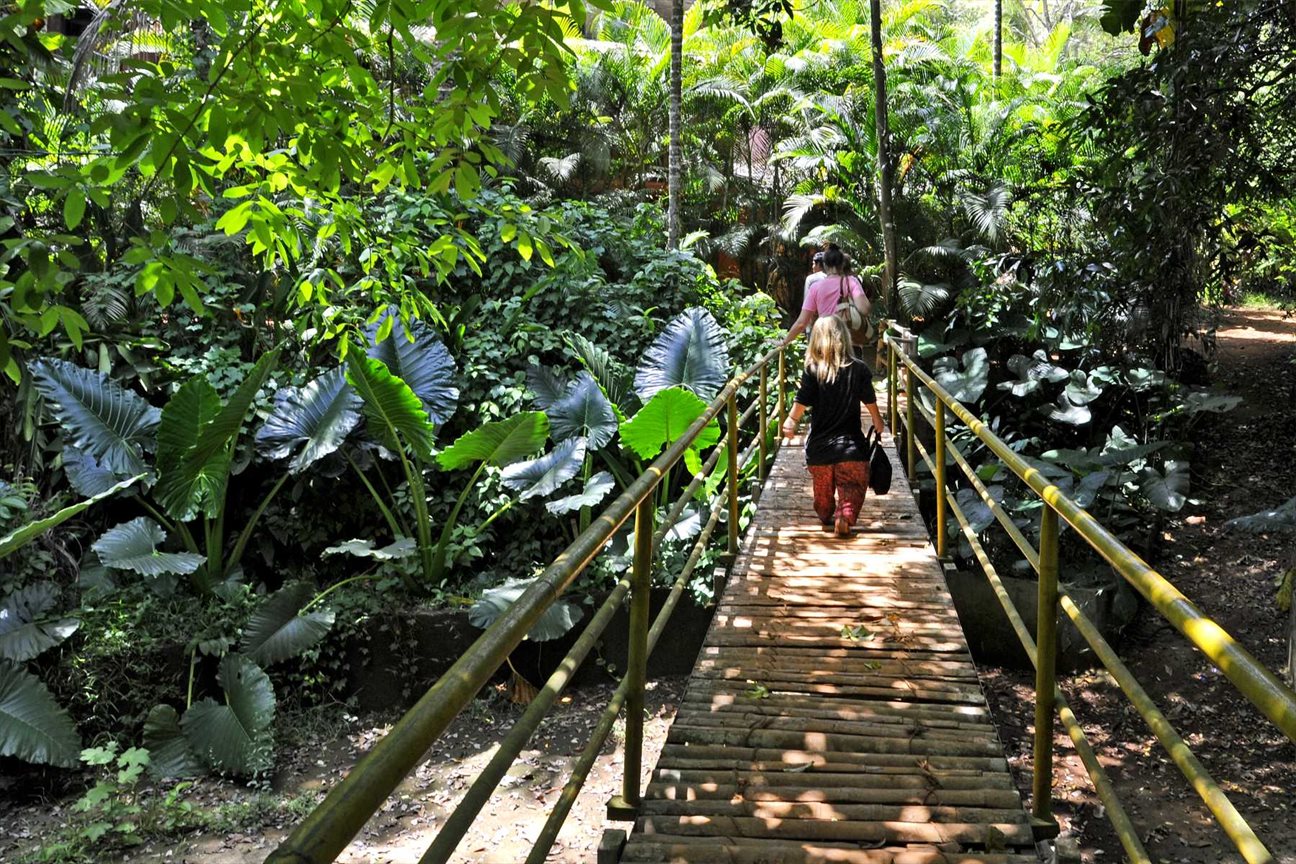Goa
WELCOME TO Goa
State Overview
Panaji
3,702 km2
1.5 million
Konkani

Popular
Geography and Tourist Attractions
Information about the state's tourist attractions, including popular destinations, events, and activities.

Beaches of Goa

Dudhsagar Falls

Spice Plantations
Political
Economy and Government
The economy of Goa, India is primarily driven by tourism, mining, and agriculture. Tourism plays a significant role in the state's economy, attracting both domestic and international visitors to its pristine beaches, vibrant culture, and historical sites. The tourism sector provides employment opportunities and contributes to the state's revenue through hotels, restaurants, and recreational activities.
Goa's mining industry, particularly iron ore extraction, has been a major contributor to its economy. However, in recent years, there have been environmental concerns and legal restrictions leading to a decline in mining activities.
Agriculture also plays a role in Goa's economy, with the cultivation of crops such as rice, cashew, coconut, and areca nut. The state promotes sustainable farming practices and encourages the growth of organic farming.
The government of Goa operates under a parliamentary system, similar to the national government of India. The state has a unicameral legislature called the Goa Legislative Assembly, headed by the Chief Minister. The Governor, appointed by the President of India, represents the central government in Goa. The state government focuses on promoting tourism, attracting investments, improving infrastructure, and preserving the state's cultural heritage.
Overall, the economy of Goa relies on a balance between tourism, mining (within legal limits), and agriculture, while the government aims to provide governance and policies that support sustainable development and the well-being of its residents.

History
History and Culture
Goa, in India, has a rich history and vibrant culture that reflects its colonial past and indigenous heritage. The region witnessed the influence of various civilizations, including the Mauryas, Satavahanas, and Kadambas, before the arrival of the Portuguese in the 16th century. The Portuguese ruled over Goa for nearly 450 years, leaving a lasting impact on its culture and architecture.
The blend of Portuguese and Indian influences is evident in Goa's unique culture. The state is known for its colorful festivals, such as the Carnival, Christmas, and the Feast of St. Francis Xavier. The distinct Konkani cuisine showcases a fusion of Portuguese flavors and local ingredients, with dishes like vindaloo and sorpotel gaining popularity.
Goa is home to numerous historical sites, including churches, forts, and colonial buildings. The Basilica of Bom Jesus, Se Cathedral, and Fort Aguada are prominent landmarks that showcase the architectural splendor of the past.
The traditional music and dance forms of Goa, like the mando and dhalo, reflect the region's cultural heritage. The vibrant and energetic dance form, known as the dandiya raas, is performed during festivals.
In recent years, Goa has also embraced a contemporary art and music scene, hosting international film festivals and attracting artists and musicians from around the world.
Goa's history and culture offer a unique tapestry that combines indigenous traditions, colonial influences, and a progressive modern outlook, making it a captivating destination for history enthusiasts and culture seekers.
HOTELS

Taj Exotica Resort & Spa

The Leela Goa

Park Hyatt Goa Resort and Spa
RESTAURANTS

Gunpowder

Mum's Kitchen

